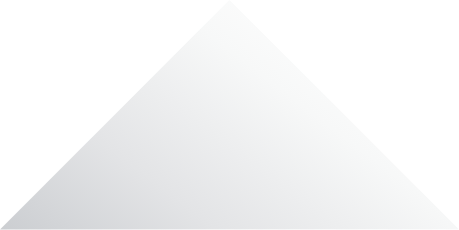If you found this article, you probably need to have a refresher on what image masking is and what it can be used for. Well, the first thing you should know about is layer masks in Photoshop. Unless you know how useful layer masks are, you can’t truly grasp the full potential of Photoshop. If you are not someone in the graphic design industry, you might not understand what a “ photo mask” has to do with images. In the most basic of terms, when performing image masking, you would be applying something onto one single portion of a picture. In image masking, there are two main types of masks, layer masks and clipping masks. While these types have virtually the same core concept, the way they are applied is quite different.

Layer Masks
A layer mask is used when you want to adjust the transparency of one layer placed over another. It proves most useful when you need to control the opacity of a specific part of an image without altering the entire layer. For instance, if you wish to change the opacity of the entire layer, you can simply adjust the rate. However, if you only want a particular section to have a different opacity, a mask can help you achieve this effect. Initially, applying a mask doesn't immediately alter anything; it remains active for you to modify. With this layer mask, you can use varying shades of black and white (including grey) to paint over the first layer, thereby affecting the image beneath the mask. Painting in white results in 100% opacity for the underlying image, while painting in black gives the image below 0% opacity.
Clipping Masks
As mentioned earlier, clipping masks share certain similarities with layer masks, but they utilize a specific layer to adjust the transparency of another. With a clipping mask, you position one layer over another and utilize the underlying layer to control the transparency of the top layer. Unlike layer masks, you don't use black and white paint here. Instead, a clipping mask makes use of the varying transparencies of the layers composing the entire image, with the bottom layer exerting the most influence. Hence, if the bottom layer possesses varying degrees of transparency, this will be reflected in the top layer.
Image masking
An image mask protects parts of an image during editing, enhancing efficiency without compromising quality.
© 2025 ATL. All Rights Reserved.












